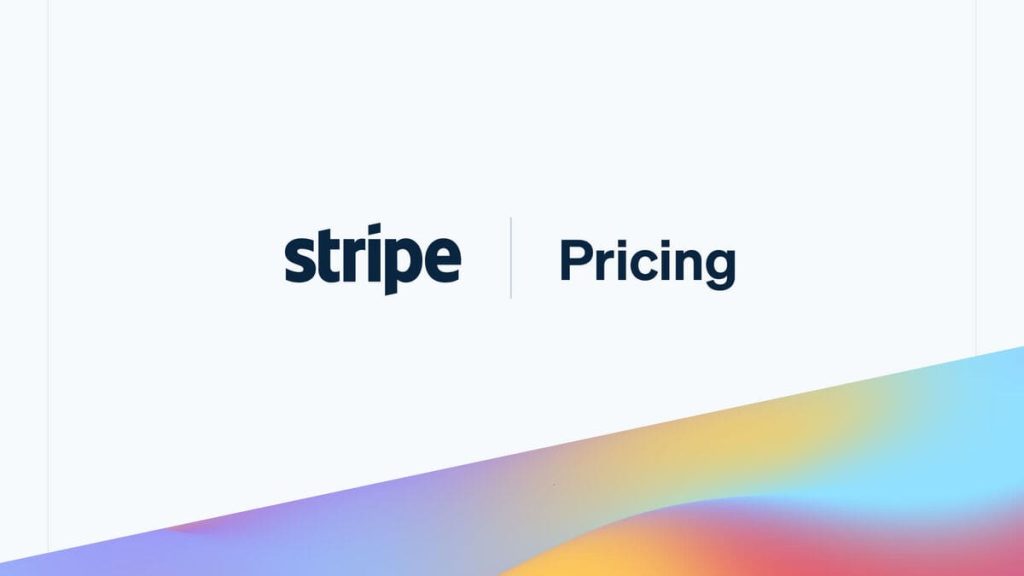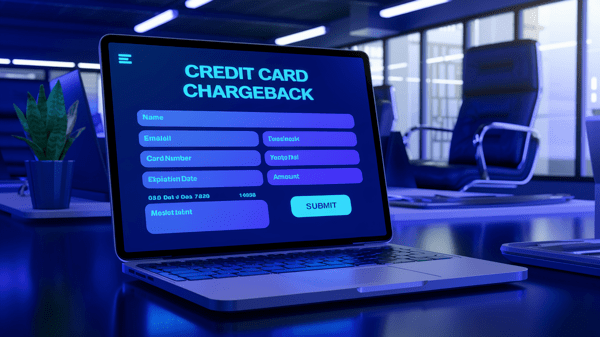Fraud prevention and chargeback management are critical for businesses accepting online payments. Stripe Radar and Chargeback Protection offer practical solutions to help mitigate these challenges, providing tools for fraud detection and dispute management. This article breaks down Stripe Radar, explains how Chargeback Protection works, and outlines its benefits.
1. Introduction: Stripe Radar and Chargeback Protection
Stripe, a leading payment processor, provides fraud detection and chargeback management tools through Stripe Radar and Chargeback Protection. Radar uses machine learning to detect fraudulent transactions. Chargeback Protection shields businesses from the financial impact of disputes.
Chargebacks are a significant problem for online merchants. According to Mastercard’s 2022 Global Payments Report, fraud grew by 17%, with chargebacks being a substantial part of merchant losses. Stripe’s services aim to reduce this burden.
2. What is Stripe Radar?
Stripe Radar is an integrated fraud detection system that identifies suspicious transactions using data from millions of businesses.
Key Features of Stripe Radar:
- Real-time fraud detection: Monitors transactions and flags risky activity instantly.
- Machine learning algorithms: Continuously update to recognize new fraud patterns.
- Integrated with Stripe: No additional setup is needed for Stripe users.
Impact: Radar has helped reduce fraud by up to 25% for users.
3. Understanding Chargebacks
A chargeback occurs when a customer disputes a transaction through their bank, resulting in a refund. Common reasons include fraud, unauthorized transactions, or dissatisfaction with the product. For merchants, chargebacks lead to:
- Revenue loss: Merchants lose both the product and the sale.
- Fees: Stripe charges a $15 fee per chargeback unless covered by Chargeback Protection.
- Time costs: Gathering evidence and responding to disputes takes considerable time.
Chargebacks exceeding 1% of total transactions can lead to penalties, including higher fees or even termination by card networks like Visa and Mastercard, as outlined in Visa’s Chargeback Management Guidelines.

4. What is Stripe Chargeback Protection?
Chargeback Protection allows businesses to protect themselves from chargebacks related to fraud for a fee of 0.4% per transaction. If a chargeback occurs, Stripe automatically reimburses the business for the disputed amount and waives the fee.
Key Benefits:
- Automatic reimbursement: Merchants are reimbursed for disputed charges without needing to gather evidence.
- Fee waivers: The $15 chargeback fee is waived for eligible disputes.
- Fraud protection only: Only chargebacks due to fraud are covered, not issues related to customer dissatisfaction or shipping errors.
Cost Breakdown (per $100 transaction):
| Service | Fee |
|---|---|
| Standard Stripe Fee | $3.00 |
| Chargeback Protection | $0.40 |
| Total | $3.40 |
Chargeback Protection saves merchants both time and money, especially when handling high transaction volumes.
5. How Stripe Radar and Chargeback Protection Work Together
Using Stripe Radar and Chargeback Protection together provides a two-fold defense against fraud and chargebacks. Radar prevents many fraudulent transactions from occurring, while Chargeback Protection handles the remaining disputes efficiently.
Example: A business that frequently deals with digital goods may experience chargebacks due to fraud. By combining Radar’s fraud detection with Chargeback Protection, the business can reduce these chargebacks and avoid financial loss.
6. Costs and Eligibility
Chargeback Protection costs 0.4% per transaction and is available for businesses in the U.S. and Europe. The service covers non-recurring payments made through Stripe Checkout and is limited to fraud-related chargebacks. There are annual protection limits depending on the merchant’s currency.
| Currency | Annual Protection Limit |
|---|---|
| USD | $25,000 |
| EUR | €20,000 |
| GBP | £20,000 |
Transactions that exceed these limits are not protected by Stripe.
Eligibility Requirements:
- Payments must be processed through Stripe Checkout.
- Only non-recurring transactions are eligible.
- Chargebacks caused by fraud are covered; disputes over dissatisfaction are not.

7. Benefits of Using Stripe Chargeback Protection
Businesses that adopt Chargeback Protection benefit in several key ways:
- Simplified dispute management: Stripe automatically handles the chargeback, eliminating the need for merchants to collect and submit evidence.
- Improved cash flow: With chargebacks handled swiftly, businesses avoid losing access to funds for extended periods during dispute resolution.
- Cost savings: The $15 dispute fee is waived, and the disputed amount is refunded.
For businesses handling large transaction volumes, the cost of 0.4% per transaction is often less than the potential losses from chargebacks.
8. How to Maximize the Benefits of Stripe Chargeback Protection
To get the most from Stripe Chargeback Protection, businesses should:
- Analyze chargeback trends: Regularly review chargebacks to identify fraud patterns and reduce future disputes.
- Implement 3D Secure: For high-risk transactions, using 3D Secure can help shift liability to the card issuer, reducing the merchant’s risk of disputes.
| Chargeback Reason | Protection Status | Recommended Action |
|---|---|---|
| Fraudulent transaction | Covered | Enable 3D Secure |
| Product dissatisfaction | Not covered | Improve customer service, enhance product descriptions |
3D Secure adds an extra layer of authentication for high-risk payments, which can further reduce fraudulent transactions.
9. Consideration for Businesses
Not all businesses will need Chargeback Protection. It is best suited for businesses with:
- A moderate to high chargeback rate, particularly those dealing with fraud-related disputes.
- Businesses processing high transaction volumes where the 0.4% fee is less than the potential losses from chargebacks.
Stripe Chargeback Protection may not be necessary for businesses with low chargeback rates or those primarily experiencing disputes unrelated to fraud, such as issues with product quality or shipping delays.
For businesses looking to further strengthen their chargeback prevention efforts, working with Merchanto.org, an official partner of Visa and Mastercard, can provide additional resources and strategies for chargeback management.
10. Final Thoughts
Stripe Chargeback Protection offers businesses a straightforward way to manage the costs and risks associated with chargebacks. Combined with Stripe Radar, it provides a robust solution to both fraud prevention and chargeback management.
By automatically reimbursing disputed transactions and waiving fees, Chargeback Protection helps businesses maintain smoother cash flow and reduces the administrative burden of fighting chargebacks. It’s especially valuable for businesses processing large volumes of transactions or operating in industries with a high risk of fraud.
According to Mastercard’s 2023 Report on Payment Disputes, businesses using comprehensive chargeback prevention strategies, such as Stripe’s tools, see an average reduction of 20% in chargebacks. This data highlights the importance of integrating fraud detection and chargeback protection solutions for long-term business success.
Cost Analysis of Chargeback Protection:
| Transaction Size | Standard Stripe Fee | Chargeback Protection Fee | Total Cost |
|---|---|---|---|
| $100 | $3.00 | $0.40 | $3.40 |
| $1,000 | $30.00 | $4.00 | $34.00 |
| $10,000 | $300.00 | $40.00 | $340.00 |
Businesses with higher transaction volumes stand to benefit significantly from the protection and peace of mind that Stripe’s service offers.
By leveraging both Stripe Radar and Chargeback Protection, businesses can protect themselves against fraud and reduce the operational impact of disputes.
Main Thoughts:
- Chargeback Protection is a low-cost, high-impact solution for businesses prone to fraud-related disputes.
- Stripe Radar detects fraudulent transactions in real-time, reducing the number of disputes businesses face.
- Combining these tools ensures businesses protect their revenue and operate efficiently in the face of chargebacks.
By adopting these tools, businesses can better navigate the risks associated with online payments and maintain strong financial health.



